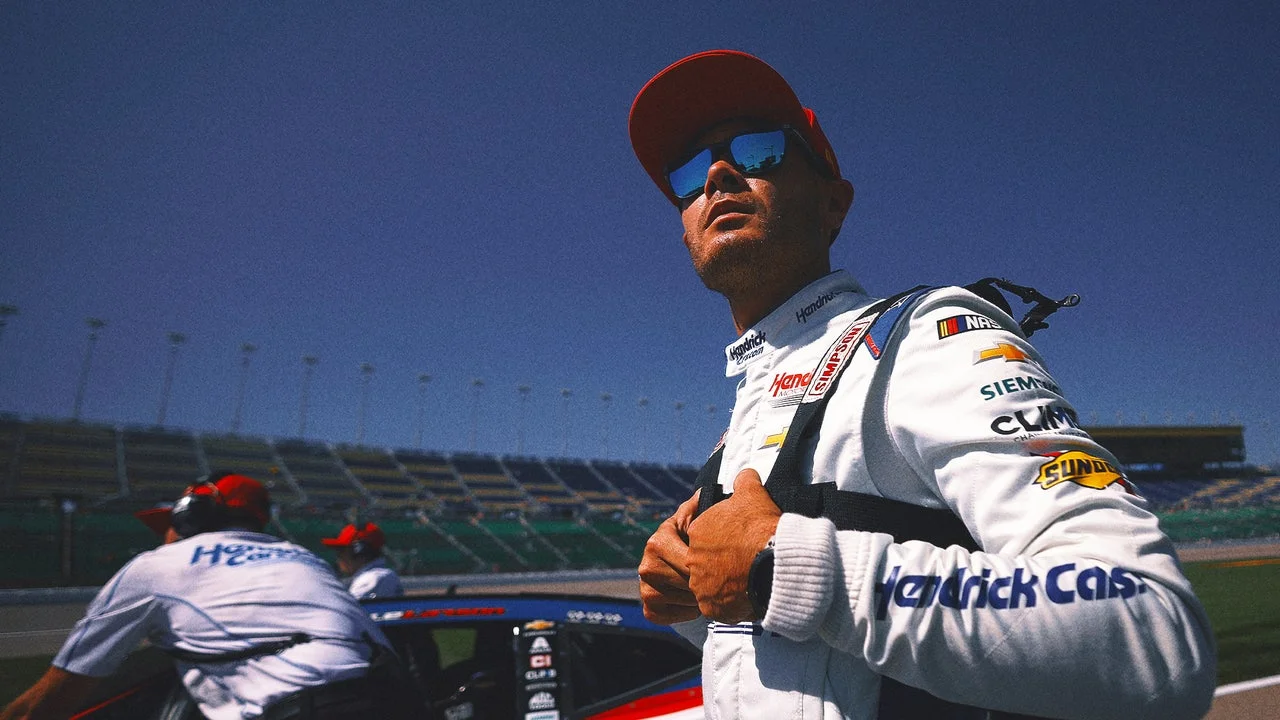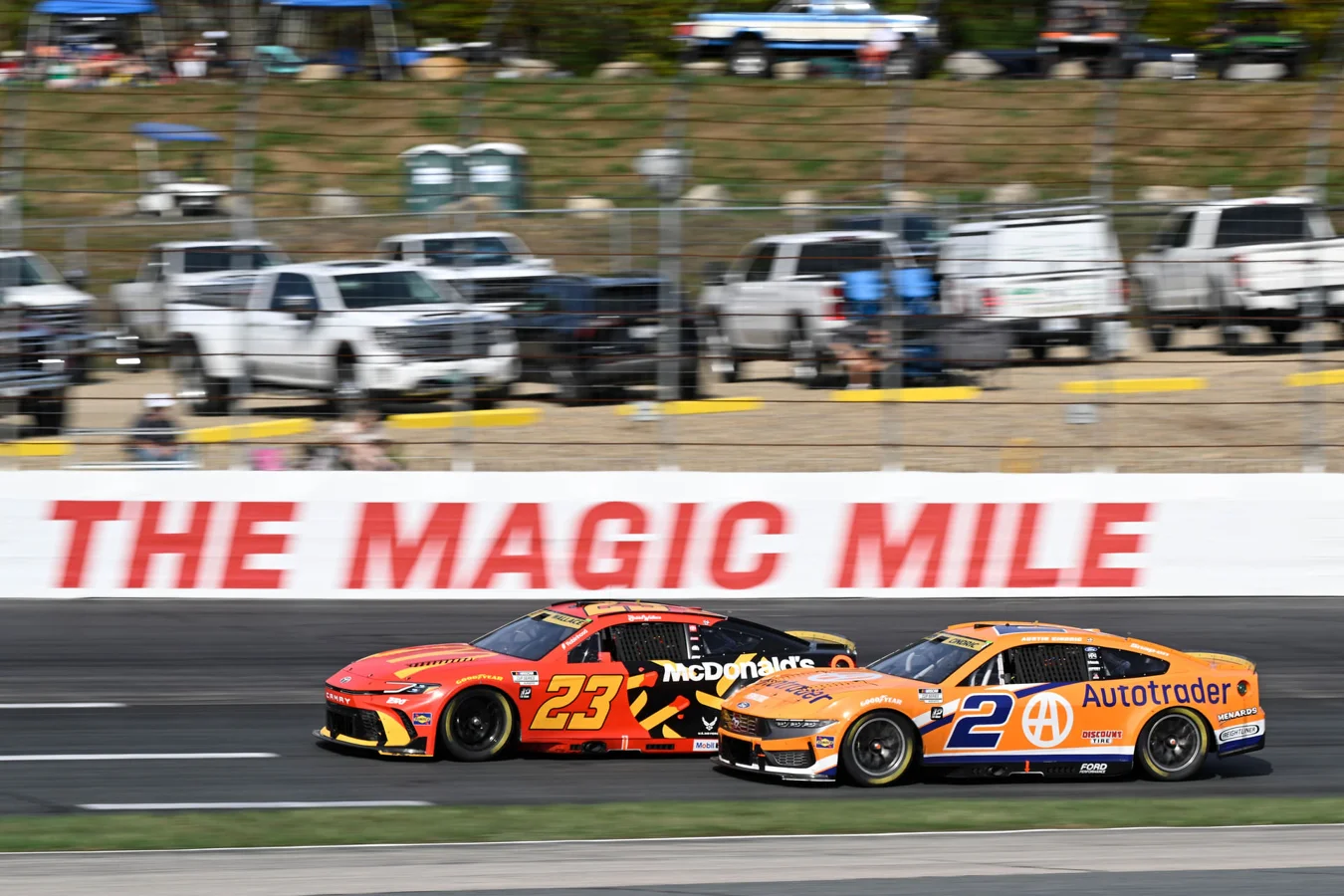NASCAR driver radio code words are a crucial part of race-day strategy, offering teams a way to communicate covert instructions and maintain a competitive advantage on high-stakes tracks. In a sport where details can determine victory or defeat, the evolution and creativity behind these codes reflect both the intensity and the innovation within the racing world.
How Teams Develop and Use Code Words on the Track
Across NASCAR, crews have turned to coded terminology during races so that strategic decisions remain veiled from the competition. With team radios now accessible to the media and, at times, rival teams, creative language protects sensitive messages, particularly regarding pit strategies or tire changes. Sponsors, pop culture references, and seemingly random objects serve as inspiration for these unique code words, allowing each team to create a layer of secrecy during tense moments on the track.
The choice of code words often shifts depending on a race’s location and the corresponding track conditions. At venues like Talladega or Michigan, which place less wear on tires, teams need multiple coded options for varying strategies such as fuel stops or deciding whether to avoid pitting altogether. For tracks with more prescribed strategies, such as Richmond or Atlanta where four-tire stops are a necessity, teams occasionally communicate more directly, since alternative pit strategies are fewer. To ensure clarity for drivers during high-pressure moments, these code references are frequently taped inside the cars, ready for consultation at any time.

Drivers Reveal Their Code Word Experiences
Christopher Bell, a well-known NASCAR driver, recounted a moment of confusion that highlights the critical nature of these codes. During an interview for an article by Jordan Bianchi for The Athletic, Bell explained an incident involving his team’s use of code words:
“(Ratcliff) said, ‘Lemon-lime,’ and ‘lemon-lime’ on my sheet said pit under green, and we’re under yellow, so I asked him, ‘Are you sure that that’s what you want to do?’ And he said, ‘Yes, absolutely. Lemon-lime.’ So, I stayed out.”
— Christopher Bell, Driver
This interaction emphasizes not only the reliance on pre-determined code words, but also the pressure on drivers and crews to communicate clearly and avoid misunderstandings that could impact race results.
Sponsor-Themed Radio Codes Across the Field
Teams frequently tailor their secret language to reflect the sponsor supporting them at each race, turning branding into strategy. For instance, Wallace’s 23XI Racing team, backed by McDonald’s during its appearance at Michigan, adopted food-related terms such as “nuggets,” “cheeseburger,” and “Filet-O-Fish” as stand-ins for brake and pit tactics. This playful approach enabled the crew to convey critical instructions while deflecting attention from competitor teams and onlookers.
Aric Almirola’s squad, benefiting from the support of Smithfield Foods, also incorporated food items into their codes, crafting phrases like “ham,” “bacon,” “pork chop,” and “hot dog” to coordinate their moves on the track. These creative codes not only foster team unity but also add a unique layer of entertainment and cleverness to the racing environment.
Not all teams, however, utilize sponsor-based phrases. At Michigan, Gabehart’s No. 11 group opted for neutral terms such as “Tigers” and “Cubs” to relay instructions, despite having no direct affiliation with Major League Baseball. This flexibility in code word selection showcases each team’s personal approach to strategy and secrecy.
Penske Teams Face Race-Day Challenges at Kansas
The Kansas playoff race brought setbacks for several Team Penske drivers, including Ryan Blaney, as the entire Penkse lineup was penalized by NASCAR and required to start from the rear of the field. Blaney, piloting the No. 12 ford/”>Ford, was moved to a backup car following a tire failure that led to a crash in practice at Kansas Speedway. Fortunately, his prior win at New Hampshire ensured his advancement into the Round of 8, giving him a cushion as he prepares for the next high-stakes challenge.
Joey Logano and Austin Cindric, Blaney’s Penske teammates, encountered their own difficulties, receiving penalties for unapproved car adjustments. These compounding issues underscored the pressures and unpredictability that characterize competitive racing weekends. NASCAR journalist Toby Christie shared the update:
“#NASCAR has confirmed all three @Team_Penske cars will go to the rear before the green flag today. @Blaney (backup car) @joeylogano and @AustinCindric (unapproved adjustments)”
— Toby Christie, Reporter
Even though Joey Logano avoided a crash after experiencing a flat right-rear tire in practice, underbody damage from the incident negatively affected his qualifying performance, leaving him to start 35th on race day.
Why Radio Code Words Remain Central to NASCAR
The ongoing evolution of NASCAR driver radio code words underscores the importance of secrecy and rapid communication within this high-octane sport. From referencing major sponsors like McDonald’s to drawing inspiration from unrelated topics such as baseball mascots, teams customize their codes to maximize both confusion among competitors and clarity among themselves. Figures like Christopher Bell, Ryan Blaney, Wallace, Aric Almirola, Gabehart, and their dedicated crews depend on these creative communications each race.
As strategies continue to evolve and pressures mount during playoffs like those at Kansas Speedway, understanding and inventing the right code words can remain as technically vital as car setups or tire changes. For audiences and aspiring teams alike, these coded conversations offer a glimpse into NASCAR’s blend of tradition, innovation, and the persistent drive to stay ahead of the pack.
#NASCAR has confirmed all three @Team_Penske cars will go to the rear before the green flag today.@Blaney (backup car)@joeylogano and @AustinCindric (unapproved adjustments)
— Toby Christie (@Toby_Christie) September 28, 2025
